There are car owners who still don’t know that having wheel weights is crucial. Some are even unsure what the weights on wheels look like. If you are one of those drivers, don’t fret.
Here’s a simple explanation: Weights are tiny objects attached near the edges of your tire.
Have you ever asked yourself what purpose those weights serve? Or why do new cars still have weights on their wheels?
Our article answers those questions and highlights some benefits of having weights on your wheels:
What is the Purpose of Wheel Weights?The primary purpose of wheel weights is to give your wheel and tire assembly an outstanding balance. By clipping weights onto the circumference of the hub, you will prevent the wheel’s vibration. This ensures a smooth and stable performance of the car.
Table of Contents
Remember, the wheel is not perfect, nor is the new tire.
There are likely to be slight deviations in rubber thickness.
If you leave the variations on all wheels, they will cause vibration. When you put a counterweight, you will balance the wheels out.
If your tire is out of balance, a couple of things can go wrong.
First, your tire will have terrible ride quality, making it nearly impossible to enjoy driving your car. Even worse, a bad ride quality may make it challenging for many drivers to control their vehicles, especially when roads are slippery.
Apart from that, when your wheels and tires are out of balance, the lifespan of your tires and suspension components like shocks and bearings will be relatively short.
Tire technicians unanimously agree that when you apply the weights to the wheel, the mass of the wheel and tire will be distributed evenly around the axis.
This way, your wheel will rotate without wobbling.
When your wheels and tires have a proper balance, your tires won’t wear fast, and your car will have more fuel mileage.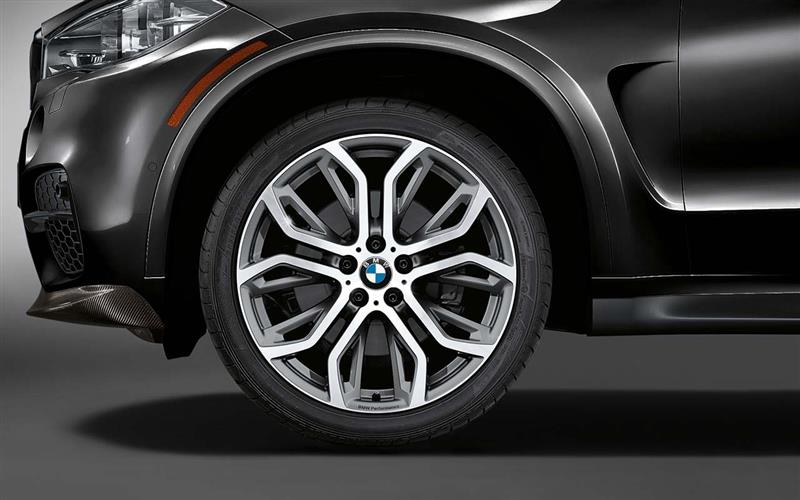 On the other hand, when your wheels don’t have weights, they may have a vibration due to out-of-balance tires.
On the other hand, when your wheels don’t have weights, they may have a vibration due to out-of-balance tires.
You can’t underestimate the use of wheel weights for any car.
It doesn’t matter if your car is an entry-level SUV or a sports car. As long as it has wheels, they need balancing, and balancing is impossible without weights.
Your tires are in constant contact with the road surface.
Therefore, your rims and tires need a proper balance that only weights can provide. Apart from continuous rotation, weights will improve your tire’s brake and help you navigate rugged terrain.
So a car that has wheel weights won’t only have adequately balanced wheels and tires, but it will have great control on the road.
For instance, when the roads are wet, you will find it relatively easy to control that car, thanks to the weights on the wheels.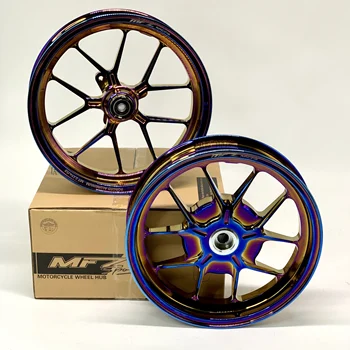
All wheels, regardless of brand, have a slight imbalance to them.
The imbalance is due to the angular speed—the mass of the wheels and the distance from the axis. To counter the imbalance, you should add weights to the wheels.
Every installation of new wheels requires balancing. When your car begins to vibrate after installing a new set of wheels, it’s possible that the technician didn’t balance the wheels properly.
If your vehicle vibrates immediately after putting on new tires, take it back to the installer. Ask them to check the weights on the wheels.
Should All Cars Have Wheel Weights?The wheel weights topic is still one of the most controversial. And car enthusiasts have divided opinions regarding putting weights on their wheels. Some insist that wheel weights are no longer necessary.
But wheel weights still matter—even today.
This study has found that wheel weights are indispensable for all cars, regardless of the car’s model or make.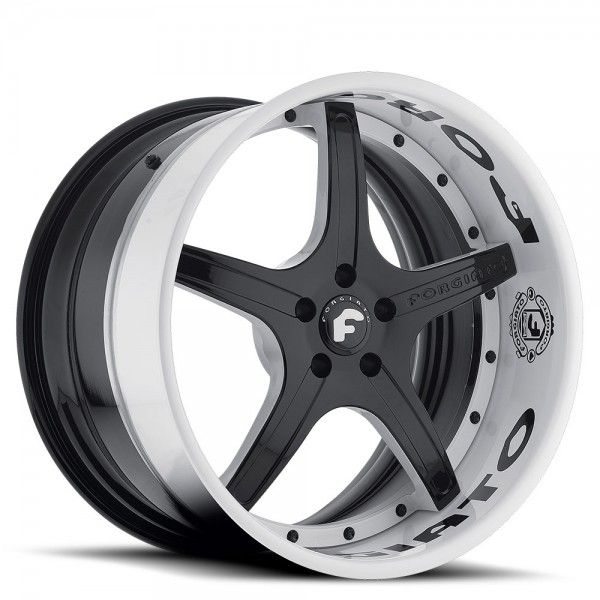 So, as long as the vehicle has wheels and tires, it should have wheel weights.
So, as long as the vehicle has wheels and tires, it should have wheel weights.
If you replace your old tires, you will need wheel weights to protect them from wearing out fast.
A car that doesn’t have a wheel weight is likely to shudder and vibrate when you accelerate. But once you put weights, they will have a dramatic impact on the performance of your car. The best wheel weights should improve your car’s ride quality.
Very important.
Wheel weight also impacts what wheel technicians call ‘rotational mass,’ which is the mass that affects the wheel’s rotation.
So when your wheel is lightweight, it will potentially reduce the rotational mass and allow the engine to pull that weight quickly.
Do New Wheels Also Need Weights?If you want to improve your car’s ride quality, you should add weights to your new wheels. New wheels and tires don’t come with the weights in most cases.
So, once your car gets new tires, balancing your wheels and tires should be your top priority.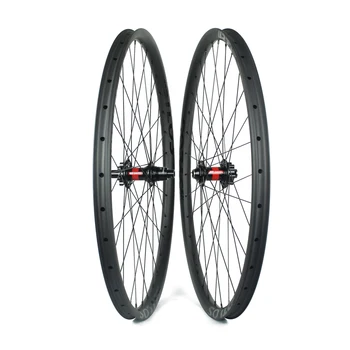
Start with that.
Most car manufacturing companies also ensure that all the new wheels and tires balance properly before releasing the car. Hence, most modern vehicles, especially those with alloy wheels, will have some self-adhesive balancing weights placed on the inner side of the rim.
Rims and tires are not perfect on their own. But you can make rims and tires uniform in density.
It would help if you balanced the tires and rims.
Otherwise, they will oscillate or wobble around the axis at some point. If you place weights correctly, you will bring balance to your rims and tires.
Can you Balance Wheels Without Weights?Here is why almost all tires would need a weight to balance. It’s nearly impossible to balance wheels and tires without weights.
That said, you might not be able to visibly spot the weights as they can be placed on the inside.
So in short, wheels cannot be balanced without adding weights.
You will have people claiming their wheels don’t have weights, only to find them placed somewhere where they can’t see them.
Even modern tires will have small weights on them.
If you look correctly, you will see the weights near the edges of the wheels.
When you take your tire for balancing, the tire technician will adjust the weights to ensure each tire is balanced correctly. This is also to ensure that your car has a smooth ride.
Balancing your wheels is different from wheel alignment, which doesn’t do with weights. If your wheels don’t have weights, you can’t balance them. On the other hand, when you balance a wheel, you will be adjusting the weights.
Here are some notable benefits of balancing your wheels:
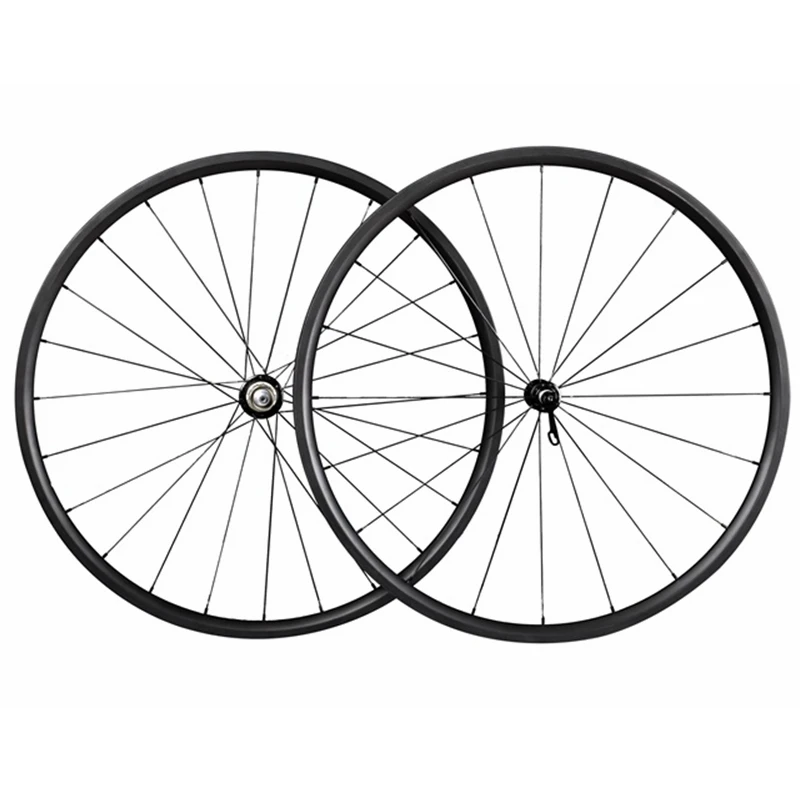
Lastly, sometimes the balanced wheel can still shake.
This may be due to a wheel runout which usually occurs on a wheel or a tire. When your wheels have excessive runouts, your car is likely to vibrate.
The vibration will usually happen as your wheels turn.
Different things may cause a runout—for instance, an improper seating ring, an old rim, tire mounting, etc. Simply adding wheel weights will help adjust the wheel’s static balance and fix the wheel runout problem.
Besides, you will also reduce vibration to your wheel and balance all your four wheels.
Wheel weights are the most inexpensive item that saves you money. Don’t try to put wheel weights yourself if you want to ensure that the wheel weights balance your wheels accurately.
Instead, go to a wheel technician to help you out. They will know how to install the correct type of wheel weights.
Was this article helpful?
Great!
Click to share...
Did you find wrong information or was something missing?
We would love to hear your thoughts! (PS: We read ALL feedback)
Name (not required)
Email (not required)
Message
Balance is the key to everything.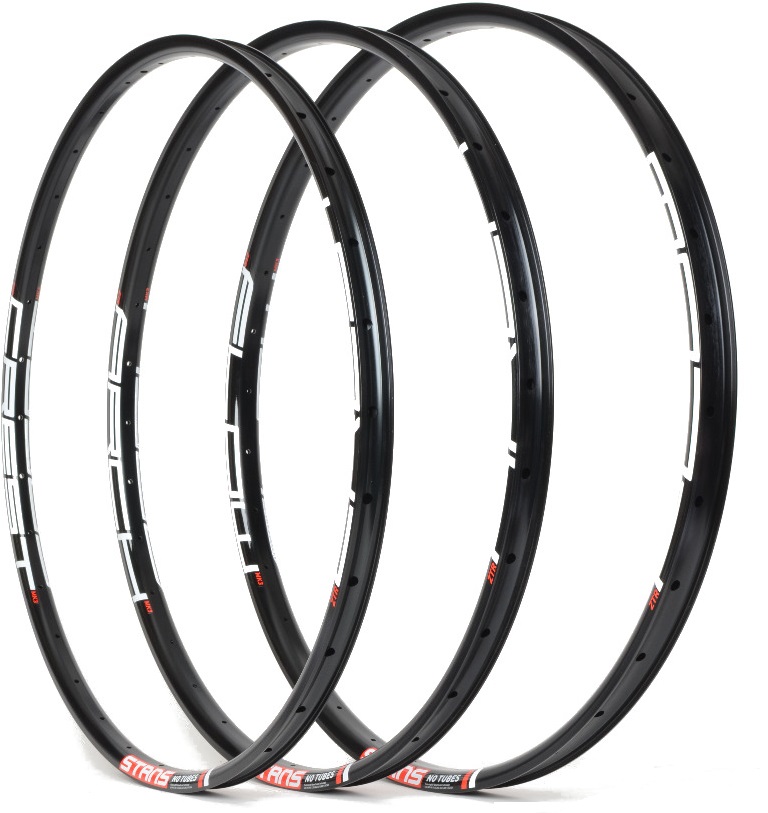 And this holds true even for your beloved vehicle. After all, who wants an unbalanced car going haywire on the roads? Since the body of your car never touches the ground.
And this holds true even for your beloved vehicle. After all, who wants an unbalanced car going haywire on the roads? Since the body of your car never touches the ground.
The major task of balancing your vehicle while on road is on the wheels. Since an unbalanced wheel can lead to disorientation, shaking, and a reduction in mileage, correct wheel pressure and balancing is highly important.
But due to uneven and continues wear, your tires are likely to go out of balance every few months. In such a situation it is crucial to balance them out. And the best way to do that is by using Tyre weights. But before you get them fixed, read on to know why they are so important.
Why do you need wheel balancing in the first place?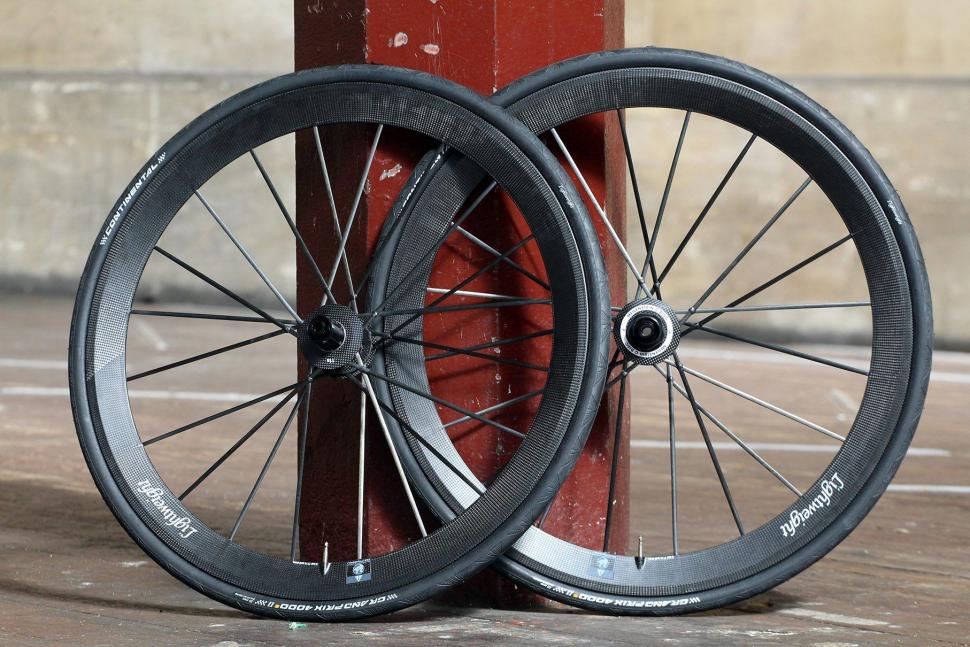
As the name suggests, “wheel weight” is a component used to balance a wheel and tyre assembly. Made from malleable metals such as polymer-coated zinc and steel. Wheel weights are attached to your tyre to counteract their combined imbalance. By using wheel weights, the overall weight distribution of your wheels is evenly matched to tackle any kind of imbalance. Since balanced tires help save fuel, preserve tire life, and improve overall safety and comfort.
The primary objective of wheel weights is to provide balance. But doing so can be achieved by two major methods. The first is by using clip-on weights. And the other is by using an adhesive weight.
As evident from the name, clip-on wheel weights are used by clipping them on to any part of your rim. Clip-On Wheel Weights can be placed both on the inside and on the outside of your rim. Once placed in a precise location, a Clip-On wheel weight adds to the overall weight of your tyre.
The major advantages of using Clip-On weights are:
The major disadvantages of using Clip-On weights are:
Unlike Clip-On wheel weights, adhesive wheel weights are sticker like wheel weights that are fixed on the inside of a rim. Adhesive weights can be firmly applied both on the inside and outside of your rim without leaving any scratches/stains. Once attached to a particular location, adhesive wheel weights largely contribute to balancing out your tyre.
Adhesive weights can be firmly applied both on the inside and outside of your rim without leaving any scratches/stains. Once attached to a particular location, adhesive wheel weights largely contribute to balancing out your tyre.
The major advantages of using an Adhesive weight are:
The major disadvantages of Adhesive weights are:
Wheel balancing is among the top three services provided by tyre dealers. Most tyre technicians know the importance of balancing and can provide a professional service to do so. However, balancing a wheel requires knowledge, and experience to precisely fit in tyre weights. In proper hands, a balanced wheel can resolves issues of decreased mileage, wobbling and steering vibrations.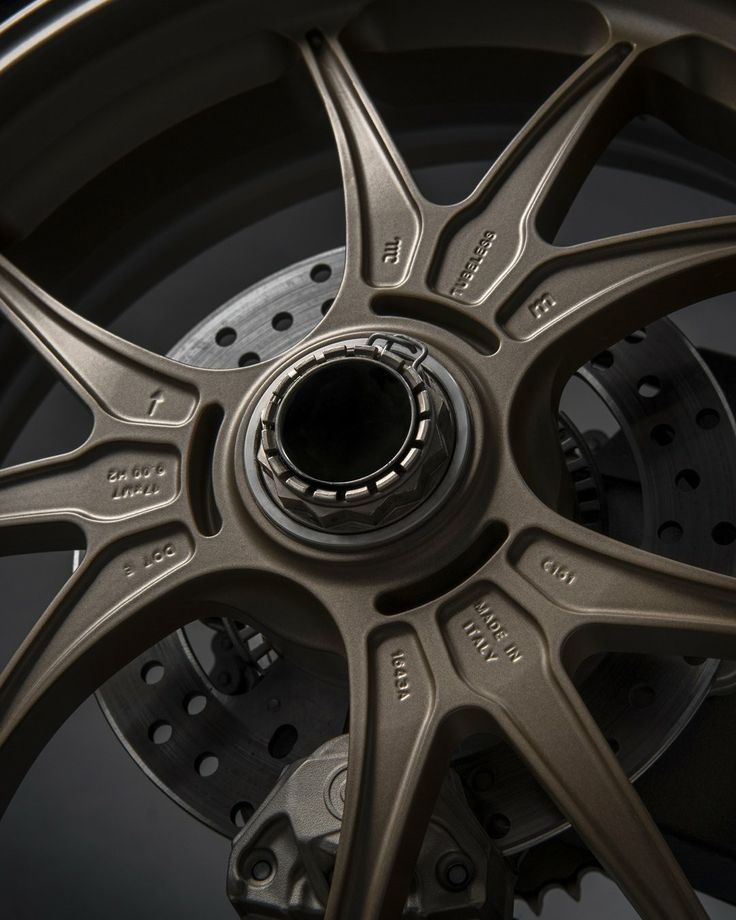 Thus, by choosing professional tyre services from Go Mechanic you can indulge professional and seamless experience.
Thus, by choosing professional tyre services from Go Mechanic you can indulge professional and seamless experience.
Also Read: How To Choose The Right Tyre For Your Vehicle?
Also Read: 7 Reasons Why Driving With Worn-Out Tyres Is A Bad Idea
Author: Kirill Savchenko
The modern car owner does not particularly go into the wheel balancing process. He perceives it as a kind of obligatory procedure for seasonal change of shoes and does not even realize how important its quality is.
In fact, the effects of an imbalance in a rotating body can be seen at home. Try tossing your sneakers into the washing machine and spinning it. The imbalance that appears in the drum will cause it to beat, and with an increase in speed, the washing machine will rumble and shake. Something similar happens with a car whose wheels are out of balance.
Suspension and wheel bearings, steering elements, even with an imbalance of 10-15 g, receive thousands of beats per minute with an amplitude of 0.1-0.3 mm. They may be imperceptible to the driver, but act like a concrete hammer. Inexorably destructive. In addition, the imbalance increases tire wear and makes it uneven.
Considering that the imbalance on each wheel is different, the car becomes less stable when driving at high speeds. It is harder to manage, and on a slippery or wet road, the situation can completely get out of control.
So, imbalance appears when the center of mass of the wheel does not coincide with the axis of rotation.![]() It would seem that this cannot happen on absolutely new tires or disks, because they are made in compliance with all technological requirements.
It would seem that this cannot happen on absolutely new tires or disks, because they are made in compliance with all technological requirements.
Yes, it is, but in any case, the tire does not come out perfect during the manufacturing process. Some of it may be a little thicker and heavier, some thinner and lighter. We are talking about millimeters and grams, which simply cannot be determined. After mounting on a disk, which is also not ideal due to the same technological reasons, a single structure is obtained that has a common center of mass. That is why the wheel is balanced as an assembly.
If it were a conditional thin disk, then the balancing would be only static. In this case, it is enough to balance the opposite centers of mass: the minimum and maximum. But a car wheel is wide, and therefore it needs dynamic balancing, on the outside and on the inside.
This is done with the help of special lead or zinc balancing weights weighing 5-60 g. On stamped disks they are fastened with steel clips-latches, on light-alloy ones - with self-adhesive strips.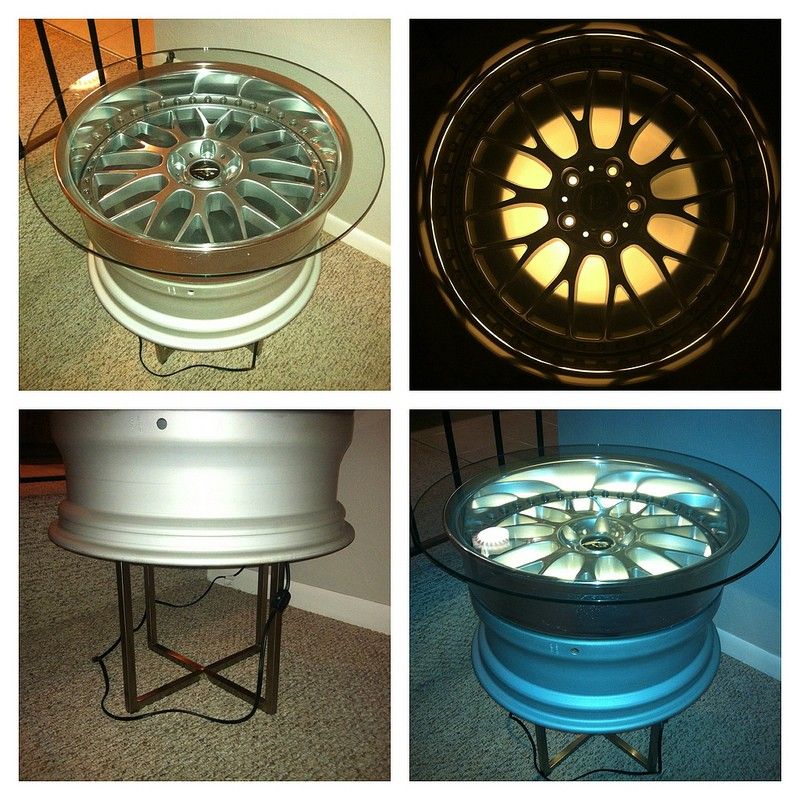 It is impossible to correct the imbalance on your own. For this, special balancing machines are used.
It is impossible to correct the imbalance on your own. For this, special balancing machines are used.
They vary in design, from the simplest to those equipped with laser sensors. The latter allow you to determine not only the imbalance, but also the curvature of the disk or the violation of its geometry. In this case, the owner will be offered to repair the disc or may be denied balancing due to its impossibility.
But even the presence of such a machine in the tire shop will not give any guarantee that the wheels of your car will be balanced correctly. Firstly, the machine must be fixed on a solid, better concrete base and stand strictly horizontally.
Secondly, the correct data on the size of the tire and disk must be entered into its electronic unit, and the machine itself must not have wear in the rotating elements and be calibrated. Finally, the master must have the appropriate qualifications and experience - as practice shows, 90% of success depends on this factor.![]()
For example, if a wheel requires a significant amount of weight, he should be aware that turning the tire around the rim can reduce the imbalance and less weight will be needed. True, not everyone follows this rule, and here's why.
Changing the position of the tire relative to the rim in order to reduce the mass of weights required for balancing does not always lead to the desired result (the result is not known in advance!).
At the same time, labor costs for balancing and, as a result, its cost increase significantly. At the same time, a very large amount of cargo on the wheel may indicate a low qualification of the worker. On the other hand, automakers do not specify the maximum mass of weights used for balancing.
Ceteris paribus, the mass of weights required to compensate for unbalance will be minimal if they are installed at the maximum distance from the center of mass of the disk-tire system, i.e. on the bead flanges.
Installing weights closer to the center of mass of the "disc-tire" system (for example, in order not to spoil the appearance of the disk, the adhesive weight is placed on the inner surface of the rim) will inevitably lead to the need to increase their mass.![]()
Also, the master must clean the tire from the smallest stones in the tread, and the wheel from adhering dirt. In case of deformation, be sure to inform the owner.
One of the most important things is mounting the wheel on the machine. In most cases, it is attached through the central hole of the disc. From the back, the wheel sits on a cone, and from the front it is fixed with a flange adapter and a clamping nut. This method increases the speed of the balancing process, but does not always provide perfect alignment.
Special Haweka adapters help to improve it. Their essence is that the wheel is clamped on the machine through the holes for the wheel studs. At the same time, the probability of damaging the paintwork of the rim is minimal. In addition, the adapter imitates an almost exact fit of the wheel on the hub and even the required tightening torque. In this case, the balancing accuracy will be higher. Flange adapters are available for various bolt patterns and can be used on any balancing machine.
After installing the weights of the desired mass in the places indicated by the machine, the verification procedure is carried out again. If necessary, weights are either added or removed, but their weight should not exceed 5 grams. The wheel is considered balanced if the readings on the instrument panel are zero.
So when and how often is wheel balancing necessary? As a rule, in the manuals for the operation of cars, balancing is recommended every 10-15 thousand kilometers. But this is provided that the wheels were not disassembled.
That is, if the same wheels are used when changing tires seasonally, balancing is required. It is also necessary if the car has driven several thousand kilometers on bad roads or there have been cases of a wheel falling into a hole. But in this case, not one wheel is balanced, but a pair standing on the same axle.
Commentary of a SHINSERVICE specialist
Alexander Golubev
SHINSERVICE expert
Many drivers make a mistake when vibrations appear in the car, starting with a suspension overhaul or replacement of power unit pillows.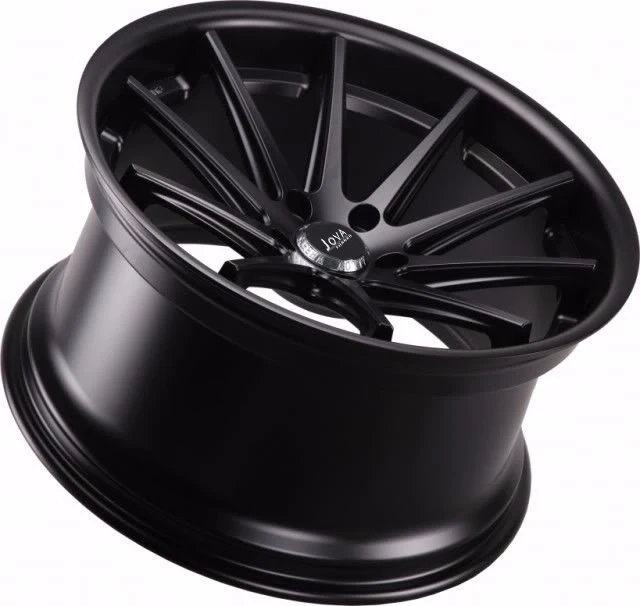 The first thing you should pay attention to is the cleanliness of the wheels and tires. Unevenly distributed adhering mud, snow, ice, tar stuck to the tire tread after driving on a road section being prepared for repair - all this can be the cause of imbalance.
The first thing you should pay attention to is the cleanliness of the wheels and tires. Unevenly distributed adhering mud, snow, ice, tar stuck to the tire tread after driving on a road section being prepared for repair - all this can be the cause of imbalance.
The second important point is the mounting of the wheels. Each of them must be tightened to a torque in accordance with the recommendations of the automaker.
If everything is in order in this regard, then the wheel balance should be checked next. We advise you to do it only in proven specialized services, on certified equipment. And only if the measures taken have not yielded results, we recommend that you proceed to checking the setting of the front wheel angles and checking the condition of the suspension.
In any case, properly balanced wheels will avoid many problems in the future.
practice tires and wheels
Test drives / Test drive Haval Dargo vs Mitsubishi Outlander: the dog is barking, the stranger is coming In the Haval dealership in the south of Moscow, life is in full swing: buyers look at cars, communicate with managers and sign some papers.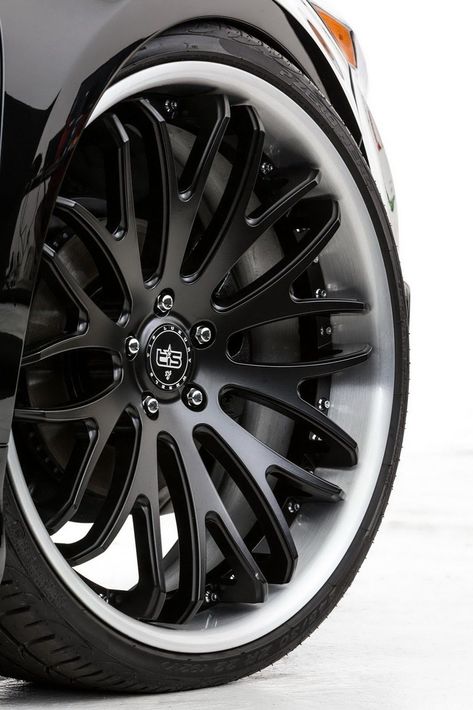 While I was waiting for the test Dargo, the same cross... 14402 7 192 09/13/2022
While I was waiting for the test Dargo, the same cross... 14402 7 192 09/13/2022
Test drives / Test drive Motor from Mercedes, emblem from Renault, assembly from Dacia: test drive of the European Logan 1.0 It would seem that what's new can be told about the second generation Renault Logan, known to every Russian taxi driver, as they say, up and down? However, this car has... 12308 ten 41 08/13/2022
Test drives / Test drive Geely Coolray vs Haval Jolion: Free Cheese? If! Do you want to buy a car today with a full warranty, on credit at an adequate rate, without wild dealer markups? Now this is still a task, because a full-fledged chain of "representation - s.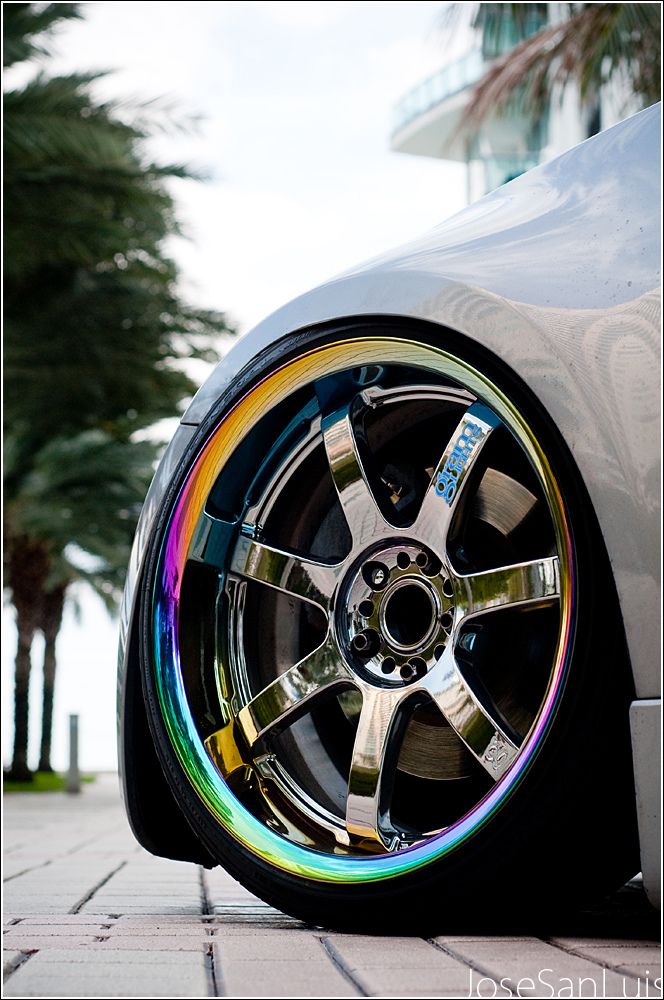 .. 9285 25 thirty 08/10/2022
.. 9285 25 thirty 08/10/2022
Most car enthusiasts ask themselves the question - is wheel balancing necessary immediately after installing new tires, or is this procedure also necessary after each beading? Is it possible to balance only the front wheels and leave the rears as they are?
Balancing is related to the ease of movement on the vehicle - unbalanced wheels cause vibration, which is not very pleasant for the driver, it also accelerates the wear of tires, rims and suspension. Therefore, balancing also affects the correct operation of the suspension. When the wheels are not balanced, the machine loses stability when driving at high speeds, which is fraught with an accident on the roads.
The main thing in balancing is the uniform distribution of the weight of the wheel relative to its center. After balancing, vibration becomes minimal, wear of discs and tires is prevented.
Wheel balancing is the elimination of wheel imbalance when its mass is unevenly distributed across the width. The tire fitter puts weights on both sides of the rim in the right places. The work is carried out on a machine designed for balancing, it automatically finds places to install weights. Depending on the type of disc, the type of weights that will be used is determined - the weights can be made of lead, zinc and differ in weight - from 5 to 100 g.
Stuffed wheels are generally used for balancing wheels with stamped rims. Weights are fixed on the outer and inner edge of the disk.
Adhesive used for wheels with forged or cast rims. They are placed from the edge of the disc, from the inside, near the spokes.![]()
Specialists find a stuffed load to be more convenient. Adhesive cargo is less resistant to sudden changes in temperature, as well as frost - the cargo loses its stickiness and may fall off. In addition, the load is likely to fall off when washing under the pressure of water.
Balancing is required after the wheels have been fitted and also after a beading. Masters advise to do balancing systematically, since it can be disturbed due to:
The rear wheels also need to be balanced. Front wheel imbalance is usually more noticeable than rear wheel imbalance. It can be seen at speeds over 120 km / h - the car begins to vibrate. The unbalance of the rear wheels destroys tires, suspension, wheels.![]()
There are some features of wheel balancing:
Balancing is required for ease of movement, keeping the wheels in working condition for a long time, and, in addition, for the correct operation of the suspension. You also need to remember that balancing is also required for the rear wheels of the car.